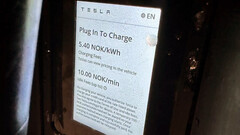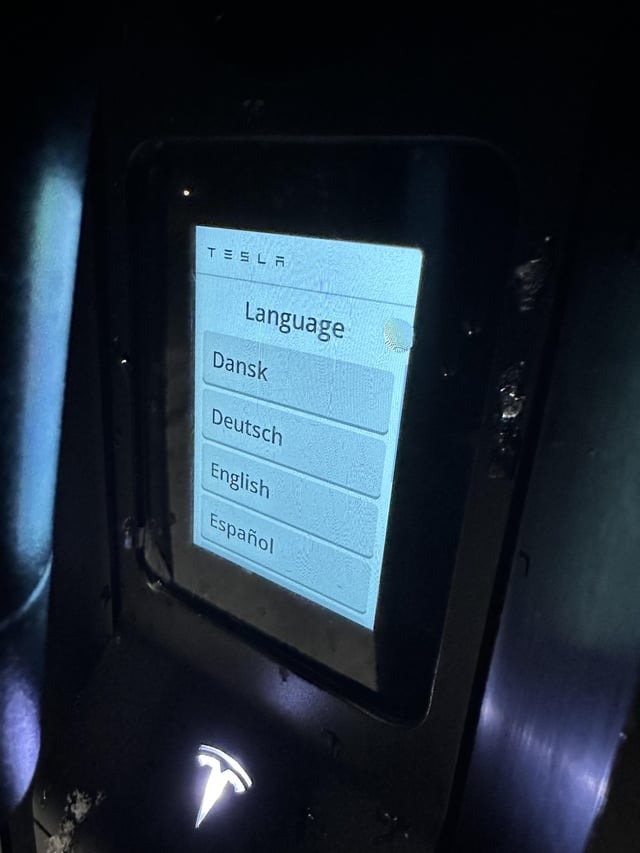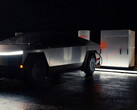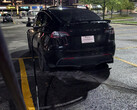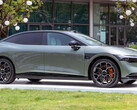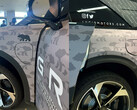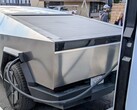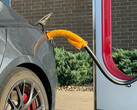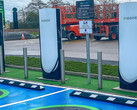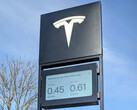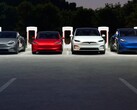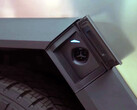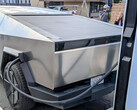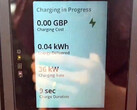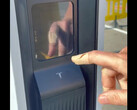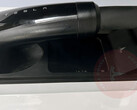After introducing them first in Europe, Tesla quickly started rolling out its latest V4 Supercharger network in the US as well, with a number of novel additions to the iconic stall design. The new V4 Supercharger piles are taller and have longer cables to facilitate the plugging of non-Tesla EVs whose charging ports may be all over the place.
The Tesla V4 Supercharger are officially rated for a higher 350 kW output, too, even though Tesla is currently housing their power supply in 250 kW V3 cabinets. While it will probably upgrade the charging infrastructure of the V4 piles to 350 kW when it has enough Cybertruck and other models with 800V architecture driving around, it has already started switching on other V4 Supercharger features.
The new piles, for instance, diversify the payment methods beyond Tesla's walled app garden. Thus, in the first presentation of the new V4 stalls one could see payment terminals and screens, ostensibly for contactless card, Apple Pay, or Android phone payments by anyone with an EV without the need for installing and using the Tesla app.
It turned out that payment method diversification if a major requirement for public funding of future EV chargers, including Tesla's. Both in Europe and in the US it had to comply in order to benefit from the government largesse which in the US is north of $7 billion for a nationwide federally-funded EV charging network.
Tesla has been quickly expanding its V4 Supercharger network in the past few months, and has started to light up the card payment terminal displays to show charging prices on the pile itself in real time as per the public funding requirements. After the UK, now the screens have become active in Norway where Teslas have a very high market penetration rate.
The terminal lets the driver choose the interface language and then displays the current charging rate (about $0.48 in the example here), as well as the $0.96 idle fee per minute. The beauty of this solution is that one doesn't need to drive a Tesla vehicle or have a Tesla app in order to plug in their electric car, charge, pay, and drive away.
It remains to be seen when the V4 Supercharger payment terminals in the US will become active, or if Tesla will start upgrading them to the 350 kW output which can charge the Cybertruck in 20 minutes.
Source(s)
Inert82 (Reddit)




